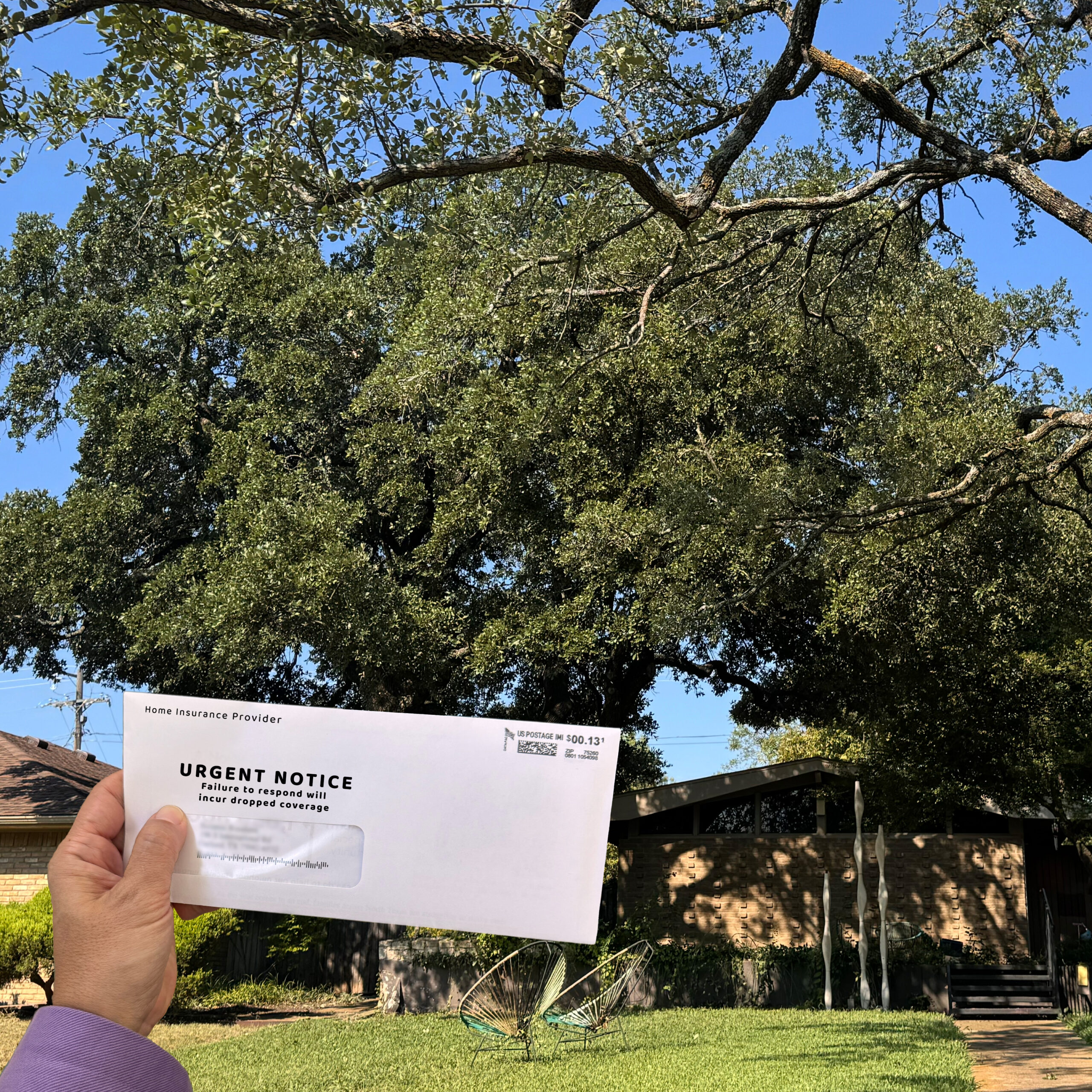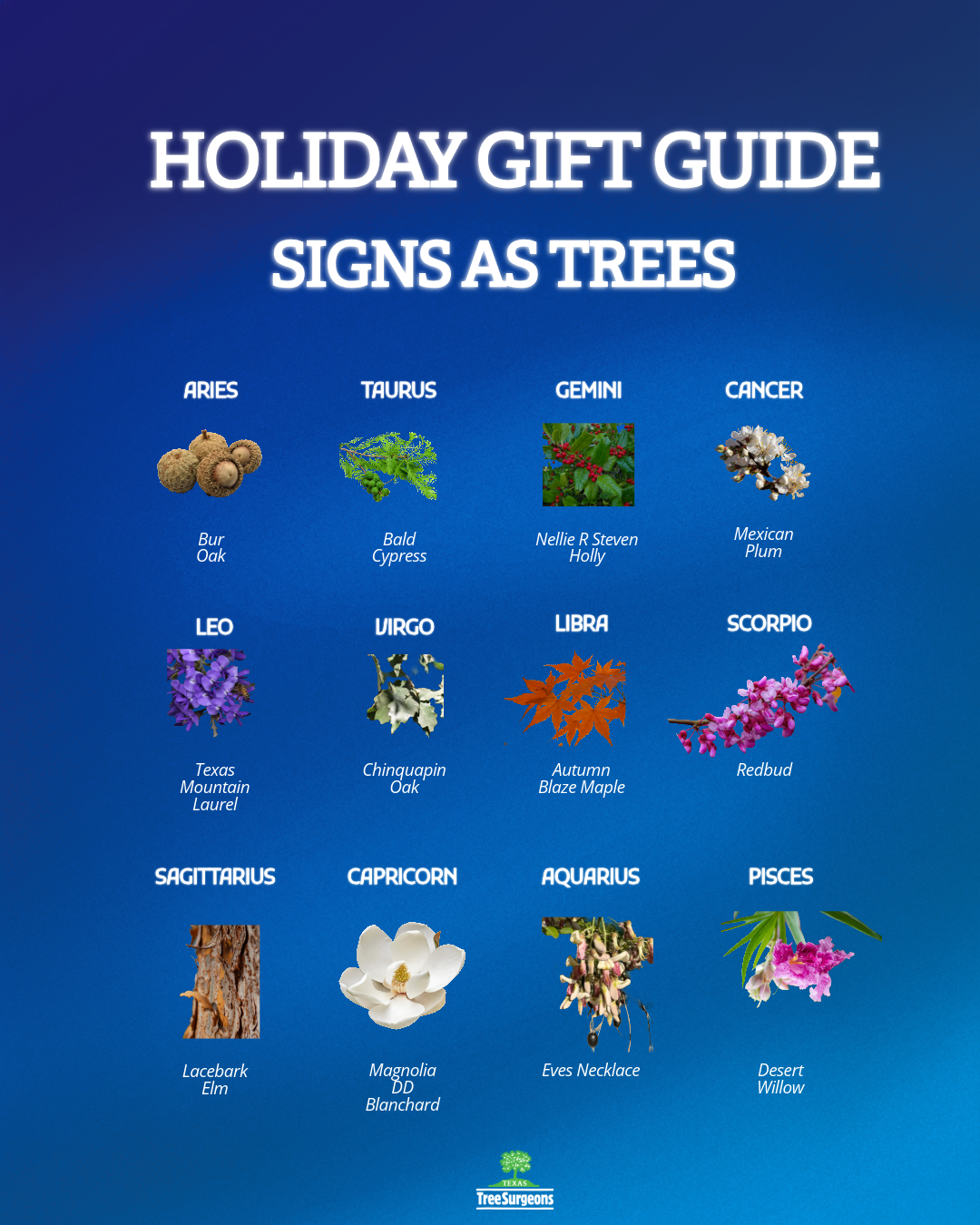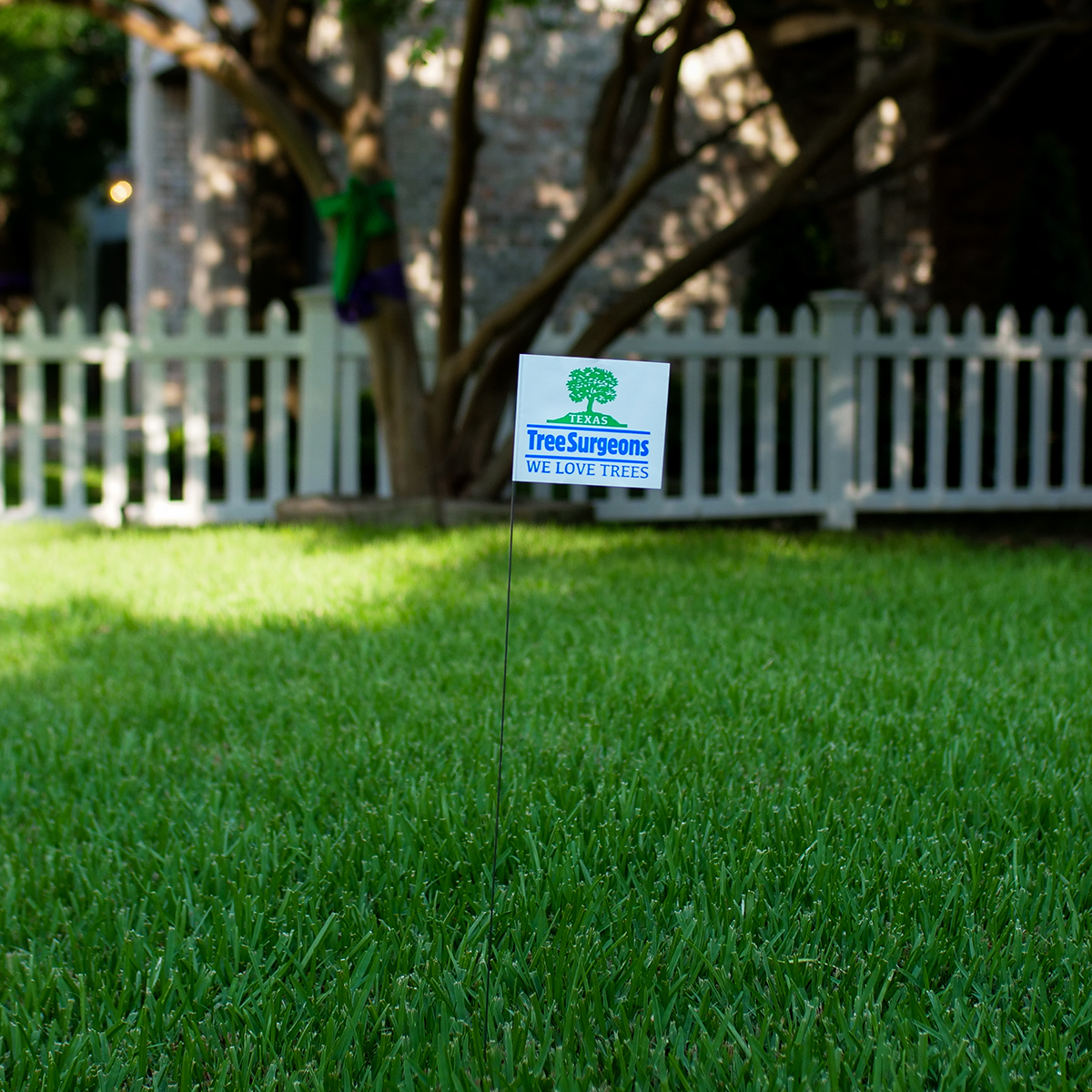7 Fascinating Facts about Why Palm Trees Are Not Trees

It’s a common misconception that palm trees are trees. In this blog, we’ll explore some fascinating facts that highlight why palm trees don’t fit into the traditional definition of a ‘tree’. Let’s explore these misunderstood plants.
1. Not Your Typical Wood
Unlike most trees that have a solid trunk of wood, palms have a trunk that’s composed of spongy, fibrous tissues. This makes them more similar to grass than to traditional trees. As described by the New World Encyclopedia, palms are part of the Arecaceae family—a fact that might make them seem more mysterious, but also more fascinating. This fibrous structure contributes to their incredible ability to bend and resist damage during strong winds, a feature not shared by more rigid, woody trees. The unique ‘pseudobark’ of palm trunks consists of dried tissue instead of bark, differentiating them further from traditional trees.
Palm trunks lack secondary growth, meaning they do not grow thicker over time. This sets them apart from typical trees, which gain a ring of growth each year. The absence of a cambium layer—the part responsible for growth in diameter in woody plants—means that palms maintain the same trunk thickness throughout their life. This distinctive growth pattern is what allows palms to stay slender and extremely useful in design and agriculture, being a fundamental element in creating tropical motifs.
2. The Leafy Crown
The way palm trees grow their leaves is different from typical trees. Palms produce new growth at their top rather than along the entire length as traditional trees do. Each palm leaf, known as a frond, emerges from the central point called the growing crown. Over time, older fronds die off and drop away, making room for new growth—a visual cycle emblematic of palm’s adaptation to its environment. As noted in Fairchild Garden’s myth-busting article, palm fronds do not sprout from random side branches, underscoring the uniqueness of their leafy crowns.
This growth pattern impacts the palm’s interaction with its environment. In tropical and subtropical areas, the continuous regeneration at their crown helps palms adapt to fast-changing climate conditions. This is crucial for their survival in such rapidly shifting ecosystems, where their large, broad leaves maximize photosynthesis and water collection. Furthermore, the organized formation of fronds allows palms to maintain an optimal structure for withstanding high winds without losing balance.
3. A Single Growing Point
Palm trees grow from a single point, unlike most trees that have many branches growing from various points on the trunk. This central point of growth is vital for their survival. The absence of branches makes maintenance simpler yet necessitates careful management; any damage to the crown may impede the palm’s ability to grow new fronds, severely affecting its health. As observed in their adaptation to many environments, this single growth point approach enables palms to focus energy on upward growth, reaching impressive heights quickly compared to other plants.
4. A Vascular System Like No Other
Palms lack the vascular cambium found in trees, which allows trees to grow wider trunks. Instead, palms have scattered vascular bundles, aligning them more with grasses. This system, as explored in the UF/IFAS discussion, is more akin to the internal structure of bamboo or corn. The unique setup allows palms to be highly efficient in nutrient transportation, ensuring that water and minerals flow directly through the plant without the need for wide trunk expansion, a feature vital in nutrient-poor environments.
This vascular arrangement enables palms to be lightweight yet strong, an essential adaptation for survival in regions prone to storms and high winds. The cross-sectional difference also leads to the lighter weight of palm trunks compared to typical trees, which is an advantage in forest environments where lighter plants often thrive better amid dense competition. The vascular bundles provide both flexibility and resilience, allowing palms to bend without breaking, truly setting them apart from their forest counterparts.
5. Resilience Against Wind
Due to their unique structure, palms are incredibly flexible and can withstand strong winds that might topple regular trees. Their design is perfect for stormy climates. As highlighted by the Fairchild Botanical Garden, the palm’s ability to sway rather than snap under pressure makes it an ideal choice for regions prone to hurricanes and tropical storms, where they often remain standing even when many hardwood trees do not. This resilience contributes significantly to the palm’s prevalence and popularity as both a practical and aesthetic choice in landscaping in climates that do not have extreme cold or freeze.
6. Grasses in Disguise
Interestingly, palms are more closely related to grasses, bamboo, and lilies than to any tree species. Being part of the monocot group further highlights their divergence from traditional tree species, offering a peek into the evolution that created these giant grasses with tree-like features.
7. Ecosystem Role
Palms play essential roles in their native ecosystems, providing food and habitat for a wide variety of animals, similar to trees, yet their biological makeup is distinctly different. As detailed by the New World Encyclopedia, palms are often linchpins in their habitats—providing not only physical shelter but also nourishment to countless species.
When palms are imported to other environments, like North Texas, they rarely thrive because they are not adapted to cold weather. The weather patterns found in our DFW metroplex recently have become more and more extreme. While the hot summer months are great for palms, winters where there is potential for freeze will kill your palms. This is why we do not recommend planting palm trees in North Texas.

At Texas Tree Surgeons, we love trees and we love our community! While palm trees are not technically trees our ISA Certified Arborists are still able to help and assess.
Related Blogs
Similar blogs related to this topic


Facts About Home Insurance & Trees
It’s becoming way too common, especially in Texas, homeowners receiving a threatening letter from their insurance company to drastically remove all tree limbs over a structure to prevent them from falling onto the house. Don’t…
Read more

Holiday Gift Guide, Zodiac Signs as Trees
This holiday season a gift that keeps on giving in a time of over consumption is the most ethical and thoughtful gift. It is investment in a shared future that benefits their home and the…
Read more

Avoid These Tree Care Mistakes for a Healthy Landscape
Below is a list of overlooked mistakes that could jeopardize the health of your trees. From missteps in pruning to incorrect watering practices, discover how to give your trees the care they deserve. Red oak…
Read more
